Air Force’s Chinook Helicopter Makes Emergency Landing In Punjab

- The blades spin in different directions to cancel out the torque that each blade makes and stop the helicopter from yawing.
- Boeing says it is the only helicopter in its class with a service limit of 20,000 feet, which means it can fly as high as that.
Police in Punjab said that on Sunday, a Chinook chopper from the Indian Air Force had a “technical snag” and had to make an emergency landing.
The routine flight of the helicopter ended in an open field. The crew and the helicopter are safe, and an air force rescue team has arrived at the scene, officials said. The Indian Air Force will look into what caused the “technical snag” to happen.
The US Army had to stop its Chinook fleet in 2022 because of engine fires. Salil Hupte, a leader for Boeing in India, said that the Indian Air Force’s Chinooks are working fine and that “there is no impact on the helicopter operated by the Indian forces.”
During a routine flying sortie, an IAF Chinook helicopter carried out a safe precautionary landing near Barnala in Punjab.
The recovery team has reached the site.
— Indian Air Force (@IAF_MCC) February 18, 2024
The Indian Air Force had asked Boeing, which makes the Chinook, for more information about why the US Army’s full fleet of Chinook helicopters had been grounded.
As part of the US Army’s work in Vietnam, the first and second Gulf Wars, and in the Middle East, Chinooks have been used.
Chinook’s Ability to Do Its Job
The Indian fleet of Chinook helicopters is based in Chandigarh and works in the north. Another unit is in Assam and takes care of the northeastern areas.
The Ch47 Chinook Helicopters are heavy-lift helicopters used by the Indian Air Force for both humanitarian and military airlift. The helicopters were officially accepted into the force in 2019 at the Indian Air Force station in Chandigarh. The next year, the other 11 helicopters were delivered.
The Chinook is a popular choice for carrying troops and heavy cargo at high altitudes because it has two rotors working together. In underslung missions, it can carry tanks, aid, and even artillery.
The Chinook’s tandem rotor design makes it more stable and easy to handle. It also makes it very agile, makes loading and unloading easier, and makes it better at flying in the wind. The blades spin in different directions to cancel out the torque that each blade makes and stop the helicopter from yawing. A tail rotor is used to counteract the force in single-rotor helicopters.
The chopper will crash if the force is not neutralized. It will spin on its vertical axis.
Boeing says it is the only helicopter in its class with a service limit of 20,000 feet, which means it can fly as high as that.

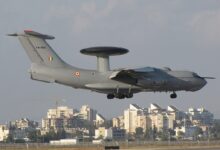
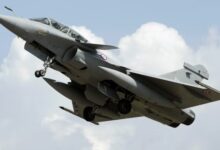

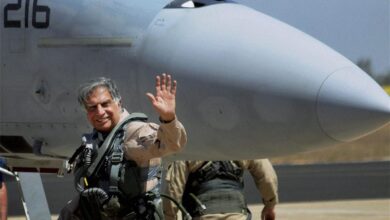
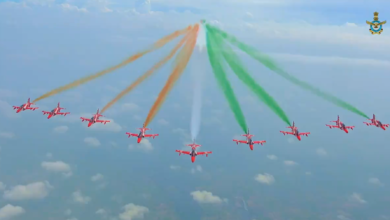
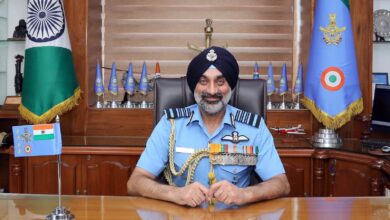
Facebook Comments